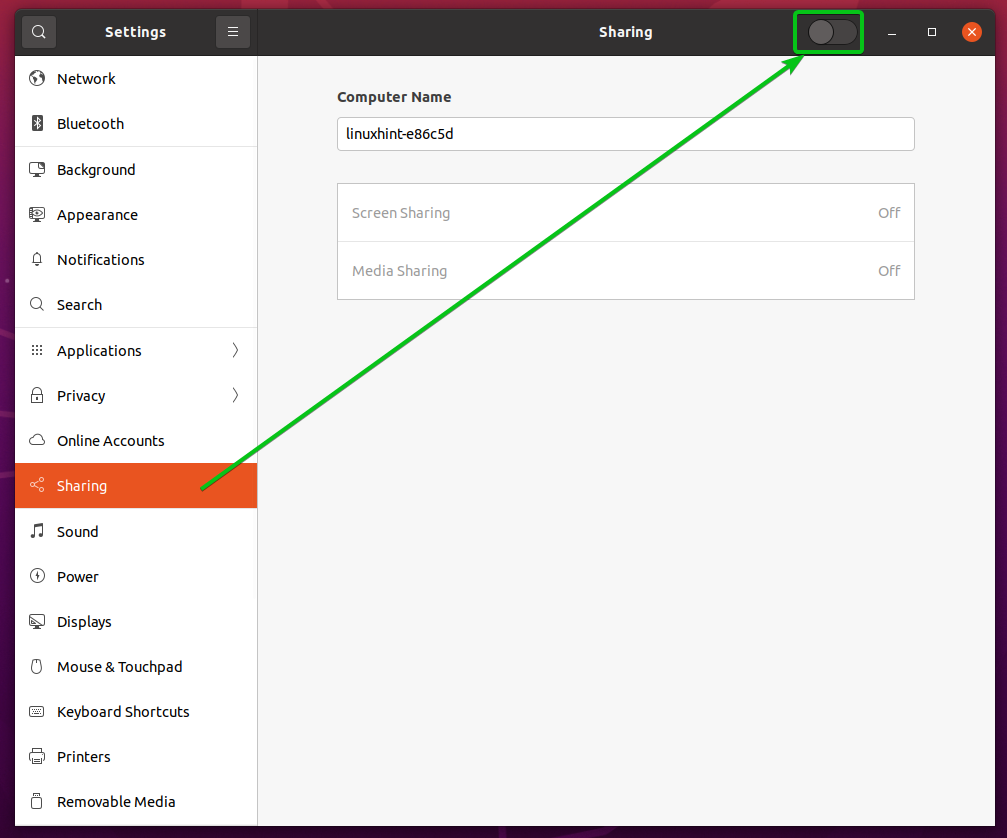

TigerVNC supports virtual displays, is an active successor to TIghtVNC, and is easy to install from the Ubuntu repositories sudo apt install tigervnc-standalone-server Others can support virtual (remote) displays that are truly headless. controlling the visible logged-in desktop). Some VNC servers only support local VNC sessions (i.e. It was easy to set up a local VNC session, but going headless without a dummy adapter AND with the GNOME desktop was a challenge. no monitor plugged in) for Ubuntu 20.04 using GNOME was harder than anticipated. Starting applications specified in /etc/X11/Xvnc-session has failed.Creating a headless virtual VNC session (i.e. Killing Xtigervnc process ID 9112… which seems to be deadlocked. X connection to :0 broken (explicit kill or server shutdown).ĬomparingUpdateTracker: 0 pixels in / 0 pixels out Vncext: Listening for VNC connections on local interface(s), port 5900 Underlying X server release 12008000, The X.Org Foundation = tail -15 /root/.vnc/DESKTOP-NDPGQ9L.localdomain:0.log =Ĭopyright (C) 1999-2019 TigerVNC Team and many others (see README.rst) Vncserver: Failed command ‘/etc/X11/Xvnc-session’: 256! Use xtigervncviewer -SecurityTypes VncAuth -passwd /root/.vnc/passwd :0 to connect to the VNC server. Log file is /root/.vnc/DESKTOP-NDPGQ9L.localdomain:0.log Starting applications specified in /etc/X11/Xvnc-session New ‘DESKTOP-NDPGQ9L.localdomain:0 (root)’ desktop at :0 on machine DESKTOP-NDPGQ9L.localdomain :/root$ sudo vncserver -geometry 1600×900 :0 Once the server is installed: sudo vncserver -geometry 1600x900 :0Īfter entering the above command it will prompt to set the connection password, and it will prompt to enter it twice,ġ600×900 in the above command is the resolution in which we want to get the GUI Desktop interface of Mate, whereas :0 means the desktop port number is zero. sudo apt install tigervnc-standalone-server tigervnc-xorg-extension tigervnc-viewer


So, we install the open-source VNC server on our WSL machine. To access the graphical user interface we need some tools such as VNC. Thus, use the below command: sudo apt install mate-desktop Install tigervnc server The packages for setting up the Mate are already on Ubuntu 20.04 or 18.04 LTS. To install the Mate Desktop environment, we don’t need to add any third-party repository. sudo apt update sudo apt upgrade Install Mate Desktop GUI on WSL Now, open the Ubuntu WSL Linux distro app and run the update and upgrade commands to make sure all the packages installed on the system are up to date. If not then see these two tutorials: Enable WSL 1 and then WSL 2. Install VNC client or viewer on your Windows 10 systemīefore showing the further steps, I am assuming that you already have the WSL 1 or WSL 2 installed on your system.


 0 kommentar(er)
0 kommentar(er)
